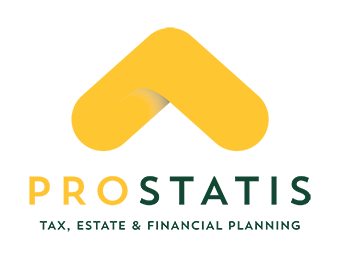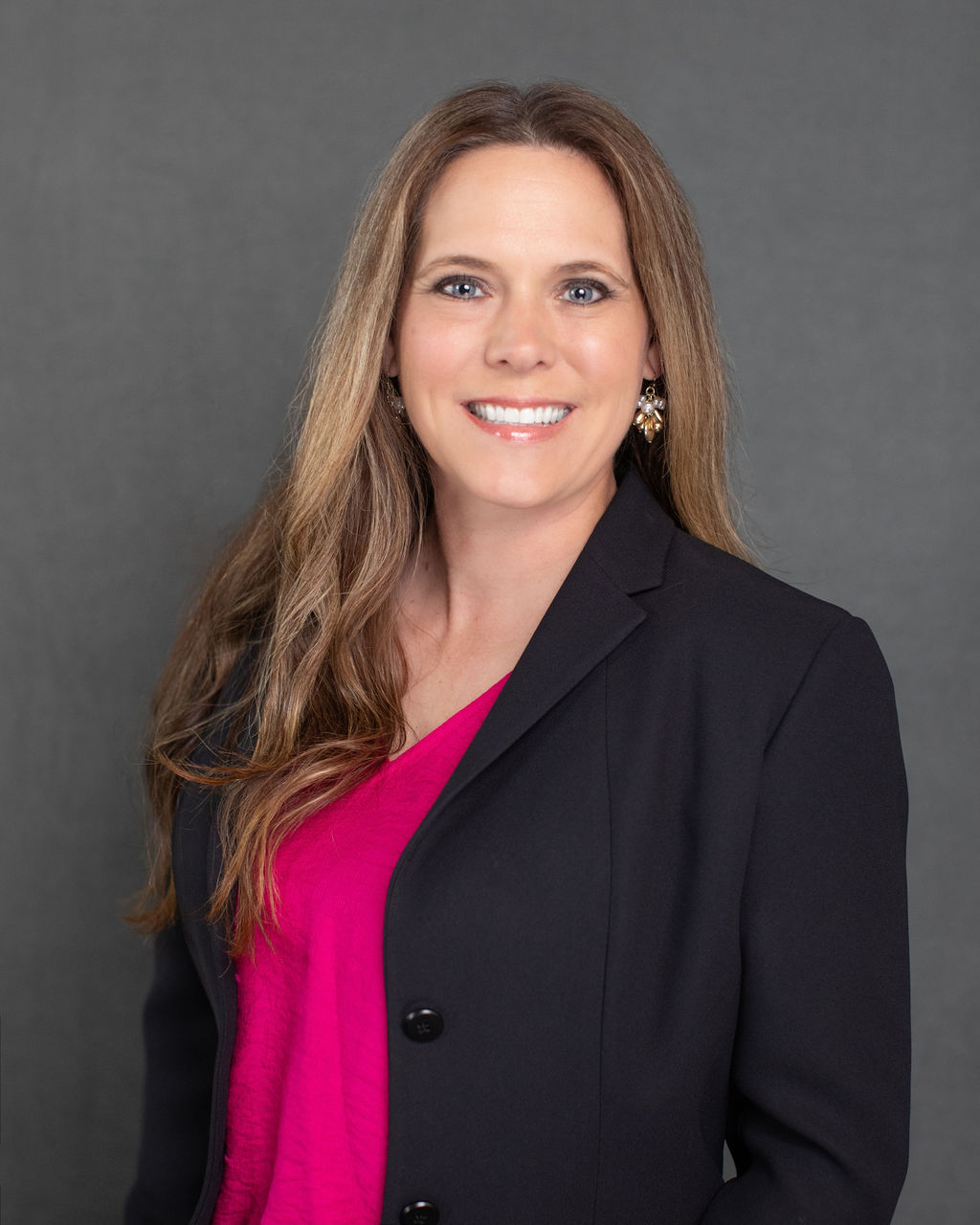If you’re waiting on a miracle or a windfall to set you up for retirement – we truly wish you the best of luck. But even if you manage to inherit a million dollars or win the lottery, that is still no guarantee of a secure financial future. Here’s the secret about sudden money: financial security is not about how much you get, but how much you keep.
Did you know that 78 percent of NFL players go bankrupt, or at least face serious financial issues, within the first two years after quitting the court? Or, that Mega Millions lotto winners are more likely to file for bankruptcy within 5 years of their wins than winners of prizes worth $10,000 or less.
Now, you might think the odds of having an incredibly wealthy distant uncle leave you his estate are low – and even lower to pick the winning ticket – and they are. But this idea is equally true for planning your retirement future: the amount of money you have saved for your retirement years isn’t nearly as important as how much you manage to keep. You can start with a fortune and lose it unless you keep a sharp watch on your liabilities.
Successful retirees construct their budgets to limit their debts and expenditures, keeping more than they lose – which works with any income level. Instead of focusing on their asset management, they turn their attention to limiting their expenses.
When you apply this reasoning to your investment portfolio, it translates to staying low-risk with your investments and, most importantly, understanding any and all fees you may be paying. Yes, the SEC does require disclosure of investment costs, but those fees are frequently obscured in piles of legal forms, account opening documents and prospectuses.
There are six types of common investment fees to be aware of:
- Investment Management Fees / Investment Advisory Fees – a percentage of the total assets managed that is paid to the investment manager.
- Expense Ratio / Internal Expenses – the costs of operating a mutual fund.
- Transaction Fees – when brokerage accounts charge to buy or sell a mutual fund or stock. These can add up fast.
- Custodian Fees – an annual account fee that may be charged by brokerage or mutual fund accounts.
- Front End Load – a commission in addition to operating expenses for a mutual fund.
- Surrender Charge – charged when you sell certain mutual funds. Usually, the fee amount decreases for each year you own the fund.
There are also other high expense investments and products you want to make sure you understand before committing to them, like pricey whole-life policies and annuities with high mortality expenses and surrender charges.
When minimizing your investment liabilities, start by hiring a fee-only financial planner. Fee-only planners are obligated to give you their best possible advice – because they aren’t compensated for recommending certain products over others.
Remember, keep your eye on your losses – and your gains will be protected. This goes double if you actually win the lottery.
-The Savvy Investor




























